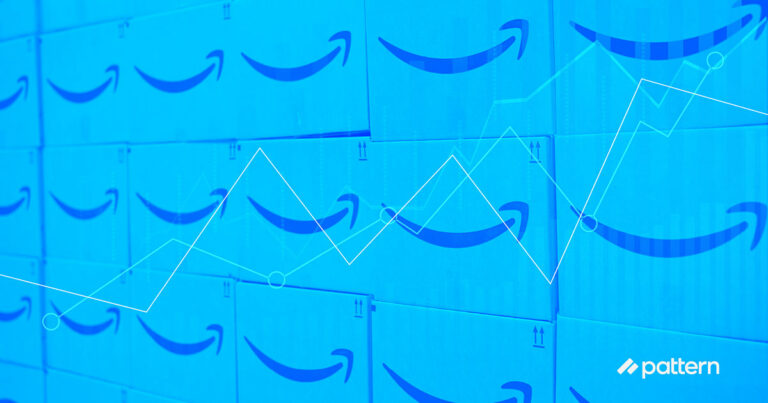How to use social as part of your broader ecommerce strategy was the recent topic of an article Pattern wrote for the Australian Retailers Association website.
Below I’ve created a version of that article to remind our wider retail and brand audience of three most important factors to ensure that your social media presence complements your wider digital ecommerce strategy.
Social media has been around for years. And when it comes to how to run it alongside your digital strategy, you may already have heard it all. The dos and don’ts, the best practices, influencers, content is king, and so on. There are thousands of videos and blogs on how to use social media to achieve your business goals, which only adds to the confusion.
So, what should you do? Let’s look at three of the most important factors in getting social media marketing to work harmoniously with your wider digital ecommerce strategy.
Know where social fits in your digital strategy
Let’s start with the most misunderstood point of social—where it belongs in the customer journey. Social media has traditionally been great at driving awareness and engagement for brands, but what about how to use social at other points in the customer journey?
Think about how you consume social media, it’s usually when you’re trying to find some joy and distract yourself for a moment. And at that moment, your mind is open. You’re in ‘exploration’ mode, and you’re open to being dazzled or informed about something fun and entertaining. After this exposure, you think it over and generally search for what you’re looking for on Google or another search engine; this is where search ads come in.
Search ads generally target customers with purchase ‘intent’ rather than those in the ‘exploration’ phase. When you’re searching for something, for example, a specific product, you are more likely to take action.
We like to use a team sport analogy to help our clients visualise this. Using Football (Soccer) as an example, search ads are the goal scorers up the front, while social would be the midfield players.
They can win the ball over (inform and engage customers) then pass it on to the goal scorers up the field to drive revenue (converting customers to sales). The takeaway point is, historically social and search work more effectively and efficiently to meet, address, and nurture customers along the full journey if used in conjunction with each other. However, this journey has been evolving. Today we see social bringing the ball up and scoring the goal themselves.
This has caused social platforms to respond with ad formats explicitly designed around purchase intent, such as Facebook’s collection ad, which showcases your product via a selected combination of videos and images.
Social’s contribution to last-click attribution has also been growing; therefore, retailers and brands need to be aware of social media’s ability to span the customer journey when a robust and bespoke attribution model is used.
Organic social: the quiet achiever
What about organic social? Many brands look at organic social such as their Facebook pages or Instagram profiles as a requirement or simply customer service, but this is like buying a Ferrari and only using it to pick up the groceries. It’s merely under-utilised.
Organic social is where your most engaged and loyal followers live, which, in turn, can be used to drive revenue from these customers. Therefore, use it to post the latest sales and promotions while rewarding your best customers with exclusives. You have the opportunity to grow the channel as a result, not to mention the opportunity to grow your revenue.
Additionally, this can help to maximise the customer and brand insights provided by social channels. Many savvy businesses utilise Facebook’s audience insight tools to understand customer sentiment, audience insights, brand health and how their customers have changed over time, all for free.
These social insights can also inform other parts of the business, including sales, merchandising and other aspects of your omnichannel strategy.
Test social, and you shall learn
Finally, when you are ready to run activity on social, create a testing roadmap to run alongside your regular activity.
Marketing managers may have concerns that testing will cost them results or impact the brand. However, most social platform APIs have systems set up to ensure consistent delivery; and will actually perform better when you feed the algorithm with additional variants to cycle through.
Keep the testing simple, enable controls (i.e., keep other variables fixed), and have a good business rationale for your tests. You could learn more from a simple social media campaign than from a big-budget consumer research project.
Recognising the power of social is your first step toward a healthy digital strategy. By ensuring the channels work harmoniously together through cross-channel targeting, robust measurement, leveraging their strengths and regular testing, you are well on your way toward a stronger digital ecommerce strategy.
If you would like to discuss how to use social as part of your digital strategy – or need support with your paid or organic social presence – please don’t hesitate to contact us.



